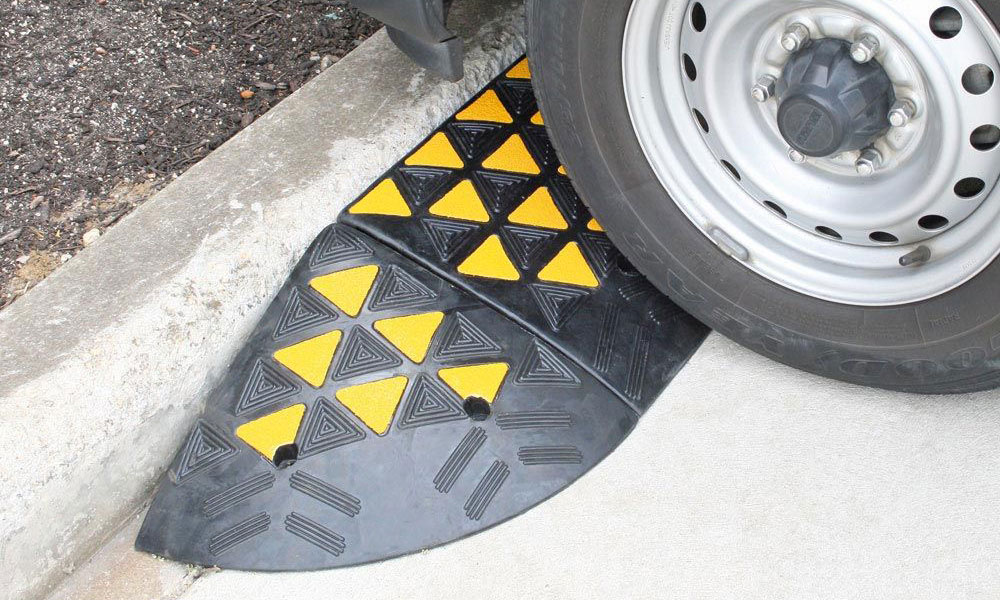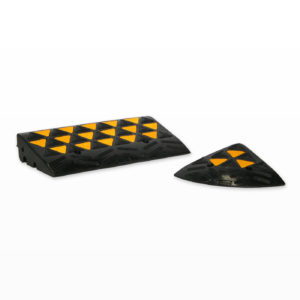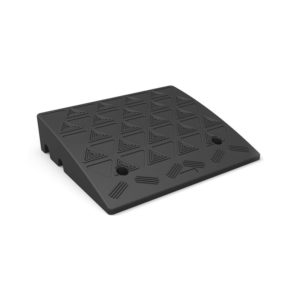
Kerb Ramps Buying Guide – Finding The Best Kerb Ramp For You
Kerb Ramps and Access Ramps are produced in a wide range of sizes and materials. Rubber, Durable Plastics, Aluminium or even the more heavy-duty Steel Checker Plate options are all available.
When choosing a Ramp, it is important to consider the type and weight of the traffic that will predominantly use the ramp and the main application the ramp will perform each day.
Common uses for Kerb Ramps/Access Ramps:
- Placement against/on a kerb or gutter for vehicle access.
- To assist with wheelchair accessibility and ease of mobility.
- In the workplace where hand operated trolleys, or utility carts, are used.
- Placement against a step to combat tripping hazards.
It can be confusing trying to establish which ramp will work best for your requirements. The type of traffic, people, or vehicle is the most important factor to consider primarily. If a combination of both, then choose a more heavy-duty option to cover all bases!
The next step is to accurately measure both the height and width required. Your Kerb Ramp will need to fit snugly against the step, or kerb, to avoid becoming a tripping hazard. A ramp that is higher than the kerb/step it is placed against, or alternatively substantially lower than the kerb/step height, will not be suitable. If choosing a ramp or kerb plate that lays on top of the kerb, ensure that the angle of the ramp is suitable for your chosen application.
A non-slip, high grip surface is recommended when a ramp is being used predominately for foot traffic and wheelchairs. This is also extremely important if the ramp will be exposed to the elements and/or likely to get wet. A further consideration would be whether a Hi-Vis version with reflective panels, specifically suited for outdoor environments, is required. Keep in mind that two Kerb Ramps, tyre width apart, will be required if your application involves a vehicle (car/forklift).
Generally, Kerb Ramps are designed to be portable, however you may wish to permanently fix your ramp in place. This is easy to do on most surfaces. Good quality ramps will have drainage systems built into them which can also be utilised as cable channels. To reveal the channel, you may need to trim the cover panels at each end with a sharp knife.
*Tip: Check your local Councils’ regulations prior to purchase if your required application of the Kerb Ramp is not solely on private property. There are strict guidelines to placing ramps in a public area, even if that area is the driveway to your own property!






